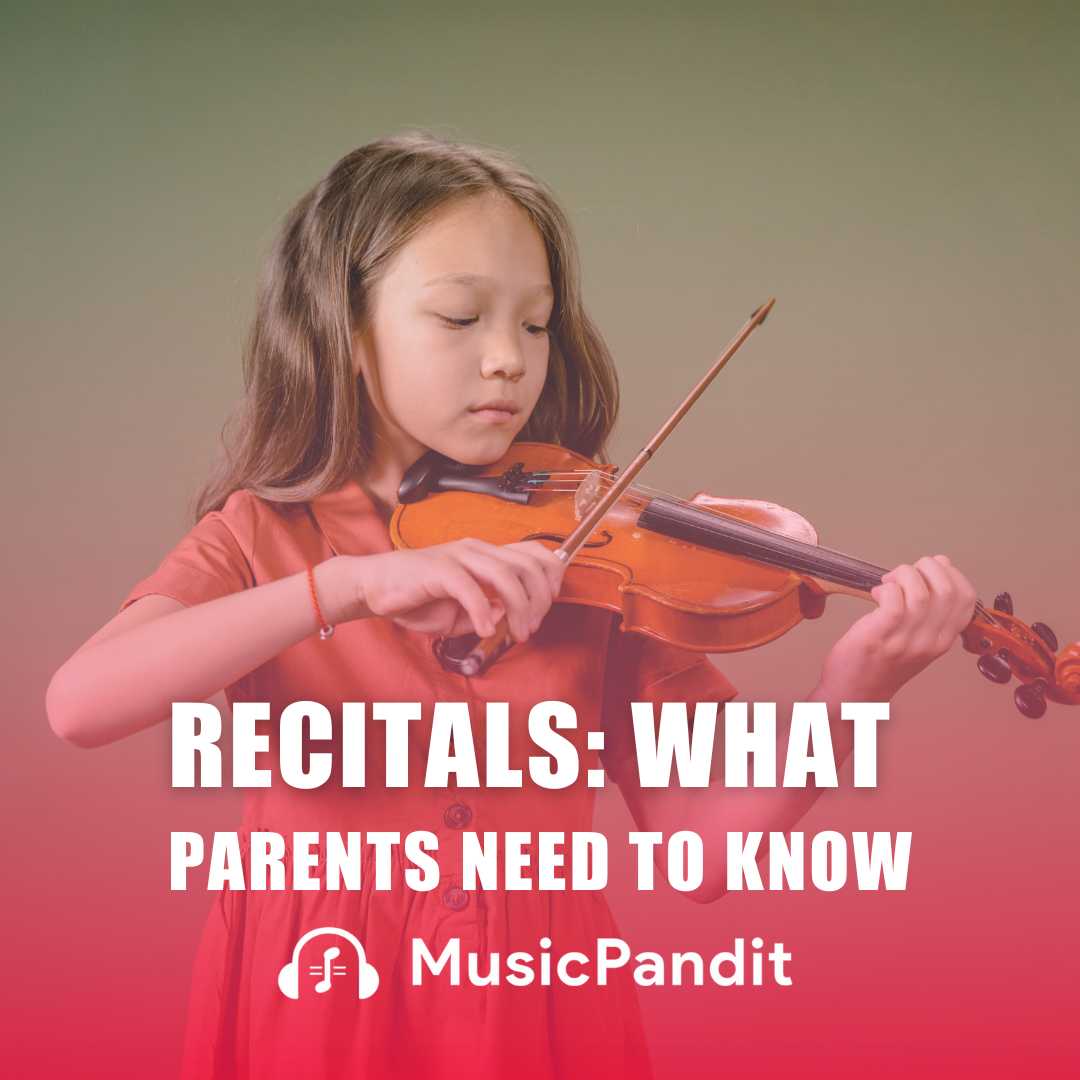As parents and music enthusiasts, helping a child discover their unique vocal style is one of the most rewarding journeys in their musical development. With the rise of online music education, it’s now easier than ever to access personalised training that caters to different vocal styles.
In this guide, we’ll explore how parents can assist their children in understanding various vocal techniques, the benefits of online vocal coaching, and how to choose the best path for a child’s vocal growth.
Why Vocal Style Matters?
Every child has a unique voice, but not all vocal styles are the same. While some children may have a natural inclination toward pop music, others may excel in classical singing, jazz, or even rock. Understanding different vocal styles can help children discover their strengths and develop confidence in their singing abilities.
Online vocal lessons have made it easier to explore these styles, offering flexibility and access to expert guidance regardless of location. Whether your child dreams of becoming the next pop star or simply wants to enjoy singing as a hobby, finding the right style is a critical step in their musical journey.
What Is Vocal Style?
Vocal style refers to the unique way a singer uses their voice to interpret a song. It’s influenced by several factors, including tone, pitch, phrasing, and delivery. Vocal styles can range from breathy and soft, like Billie Eilish, to powerful and operatic, like Freddie Mercury.
Each vocal style suits different genres of music. For example:
- Classical or Operatic: Requires strong, controlled vocals with emphasis on vibrato and resonance.
- Pop and Contemporary: Often characterised by a breathy tone and emotional delivery.
- Rock: Features gritty, raspy tones and intense vocal projection.
- Jazz and Blues: Emphasise improvisation and phrasing, with a smooth, expressive quality.
Understanding these styles can help children and their parents choose the best path for vocal training.
The Benefits of Exploring Different Vocal Styles
Exploring different vocal styles offers numerous benefits for young singers:
- Increased Versatility: Learning various styles allows children to become more adaptable singers, capable of performing in multiple genres.
- Improved Vocal Technique: Each style emphasises different aspects of vocal technique, helping to build a well-rounded foundation.
- Creative Expression: By experimenting with different styles, children can discover new ways to express their emotions and personal experiences through music.
- Confidence Building: Finding a vocal style that suits a child’s voice can boost their confidence and self-esteem.
Common Vocal Styles for Kids to Explore
1. Classical/Operatic Singing
This style focuses on powerful, controlled singing with an emphasis on proper breath support and resonance. It’s a great foundation for singers who want to build strong technical skills. Many online vocal courses for kids offer classical training as it helps in voice control and expands vocal range.
Operatic singing requires precise control over the diaphragm and the ability to produce a rich, resonant sound. This style is ideal for children who enjoy dramatic, emotionally charged performances.
2. Pop Singing
Pop singing is one of the most popular vocal styles among young singers today. It emphasises a natural, conversational tone and often incorporates breathy, emotional delivery. Pop singers like Ariana Grande and Billie Eilish use a wide range of vocal textures, from soft whispers to powerful belts.
This style allows children to focus on expression and connection with their audience rather than strict technical rules.
3. Rock/Metal Vocals
For kids who enjoy rock music, exploring a gritty, raspy vocal style may be exciting. This style requires intense vocal projection and sometimes even a bit of controlled “growling.” However, it’s important to approach rock singing with proper technique to avoid vocal strain.
Singers like Amy Winehouse and John Fogerty are great examples of how to add grit to a voice without damaging vocal cords.
4. Jazz and Blues
Jazz and blues vocals emphasise improvisation and emotive phrasing. These styles are ideal for children who enjoy creative freedom and want to develop their ability to express feelings through music.
Jazz vocalists like Ella Fitzgerald have mastered the art of “scatting,” an improvisational vocal technique where the singer uses nonsense syllables to mimic instruments.
5. Musical Theatre
Musical theatre requires versatility, as performers often switch between different vocal styles within the same performance. This style is perfect for kids who love drama and storytelling, as it combines singing with acting and emotional expression.
How Online Vocal Lessons Can Help Your Child Find Their Voice
Online vocal lessons provide several advantages for young singers:
- Accessibility: Children can learn from expert vocal coaches regardless of their geographic location.
- Flexibility: Online lessons allow for scheduling around other activities, making it easier to fit singing into a busy lifestyle.
- Personalised Learning: Many online platforms offer customised vocal training that focuses on your child’s unique voice and musical interests.
With advances in technology, virtual lessons can provide real-time feedback and even use AI-driven tools to analyse vocal performance, helping children improve quickly and efficiently.
Tips for Parents: Supporting Your Child’s Vocal Journey
As a parent, you play a crucial role in helping your child discover their voice. Here are a few tips to guide them on their vocal journey:
1. Encourage Exploration
Let your child experiment with different styles and genres. This will help them understand what they enjoy and where their strengths lie. Encourage them to listen to a variety of singers and try mimicking their vocal techniques.
2. Provide a Supportive Environment
Create a positive environment where your child feels comfortable exploring their voice. Avoid criticism, and instead, offer constructive feedback. Vocal development takes time, so patience is key.
3. Set Realistic Expectations
Learning a new vocal style can be challenging, and progress may not be immediate. Help your child set realistic goals and celebrate their achievements, no matter how small.
4. Invest in Proper Training
While some children may have natural vocal talent, formal training is essential for long-term development. Look for experienced online vocal coaches who specialise in children’s vocal training and can guide them through different styles safely.
5. Monitor Vocal Health
Ensure your child practises good vocal hygiene, including staying hydrated and avoiding excessive strain on their voice. Singing in a variety of styles can be demanding, so it’s important to prioritise vocal health.
Conclusion: Helping Your Child Find Their Unique Voice
Understanding different vocal styles is an essential part of helping your child find their voice and develop their musical identity. Whether they’re drawn to the breathy tones of pop, the power of opera, or the raw energy of rock, online vocal lessons offer the flexibility and expertise they need to succeed.
By supporting your child through exploration and providing the right tools, you can help them develop into confident, versatile singers who can perform in any style they choose.















